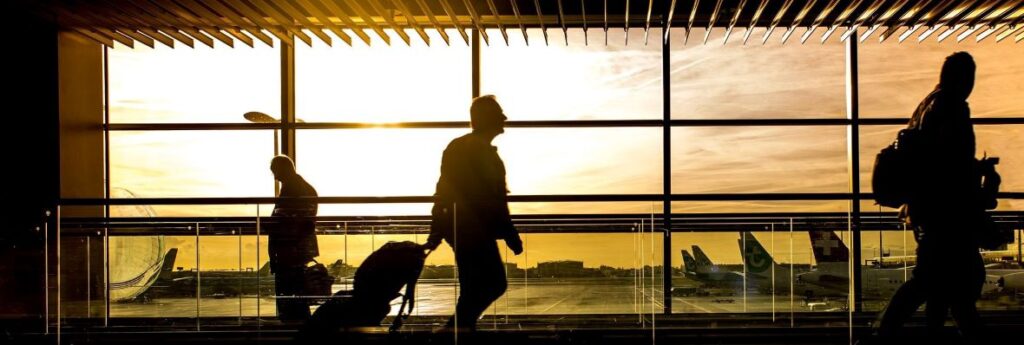Travel brand loyalty is nothing new. Ever since Texas International Airlines and American Airlines created the first frequent-flyer programs in the late 1970s and early 1980s, travellers have been racking up miles, seeking elite status and pouring their airfare dollars into brands that offer the most perks.
Yet sticking with a single airline, hotel or rental car program comes with built-in limitations. It means narrowing one’s comparison shopping, for one thing, which can effectively increase prices. A person who’s loyal to, say, Air Canada might pay $100 more for a flight on AC in order to earn miles and status. Is that trade-off worth it?
“It has to be a really good deal for me to fly with another airline,” says Joanne Herd, travel advisor at Girasole Travel, a luxury travel booking service, who has been loyal to American Airlines for years.
She recently took a business-class flight with Singapore Airlines because it cost thousands of dollars less than those available on an American Airlines partner.
“I almost regretted it because I barely made the status I wanted,” she says.
Navigating these trade-offs is particularly fraught for semi-frequent travellers, who may not travel enough to earn high-level elite status perks, but still want to earn and use miles. Collecting a few hundred points from a smattering of loyalty programs might be more trouble than it’s worth, yet sticking with one program can limit travel options.
Here’s how to decide whether going monogamous with a travel brand makes sense.
BIG PAYOFFS FOR BIG SPENDERS
Travel brands like Air Canada and Marriott maintain their loyalty programs for a simple reason: They want to attract big spenders, particularly business travellers. To this end, loyalty programs will lavish benefits on travellers in proportion to how frequently they travel (and how much they spend).
This might sound simple, but it affects the value of these programs for ultra-frequent travellers relative to leisure travellers. For example, a traveler with the lowest-level Hilton status will get about $2 back in value for every $100 they spend, according to analysis from personal finance website NerdWallet, while someone with the highest-level status will get about $49 in value for every $100 they spend.
This is an enormous gulf, and highlights how the juice might not be worth the squeeze for low-level status. Katy Nastro, a travel expert at flight deals website Going, emphasized the same goes for airline elite status, which disproportionately rewards high rollers.
“It takes a lot of short flights to even reach the lowest rung of the ladder,” Nastro said. “So, you may be foregoing cheaper – and quite possibly better flights – for the potential of a reward in the future.”
Because the perks are so valuable for very frequent travellers, it almost always makes sense for them to maintain some travel loyalty, even at the cost of convenience.
OTHER TRADE-OFFS TO CONSIDER
While limiting one’s loyalty to a single travel brand can offer benefits for frequent travellers, it also has hidden drawbacks. Claire Sturzaker, who writes about travel on her blog Tales of a Backpacker, began travelling full-time seven years ago. Yet despite her bonafide frequent traveler status, she mostly avoids loyalty programs and the elite status rat race.
“I want something different when I travel; that’s why I travel,” she says. “I would rather stay at a small guest house. I know money is going back into the community where I am, rather than a giant global corporation.”
Sturzaker acknowledges that chain brand hotels offer reliability and convenience, but says those aren’t usually her top priorities. And she likes to visit off-the-beaten-path destinations, where no single airline alliance flies. Instead, she tries to fly nonstop with budget airlines whenever possible.
So, who should bother with travel elite status programs? Those travellers for whom they were designed – frequent business travellers. Semi-frequent travellers who take a few trips per year might see some benefit from loyalty, but these perks are often offset by the increased cost of limiting one’s shopping choices.
And sticking with a single brand might make you miss the most magical aspect of travel – the unexpected.
“I stayed at a family-run place in a small village in Honduras, run by a husband and wife and three boys,” Sturzaker says. “There was a power outage during my stay, so we all just sat around and chatted. That would never happen at a Hilton.”

